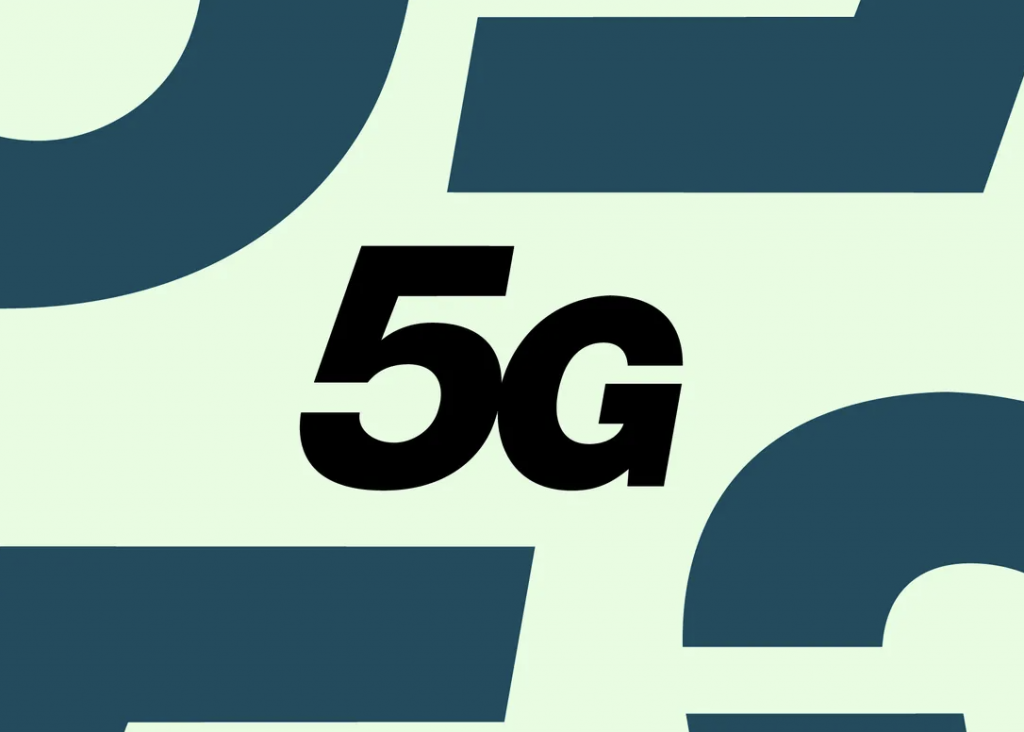- Verizon introduces Enhanced Video Calling using network slicing, aiming to improve video call quality for iPhone users on 5G Ultra Wideband, without additional charges.
- The move challenges the traditional view of network slicing as a monetizable tool, as Verizon opts not to charge consumers for enhanced connectivity, at least for now.
What happened: Verizon leverages network slicing to improve consumer video calling without extra fees
Verizon has launched Enhanced Video Calling, a new service that utilizes network slicing to improve the video calling experience for its customers. This service is available for iPhone 14 and newer models on Unlimited Ultimate or Business Unlimited Pro 5G plans, but only in select 5G Ultra Wideband coverage areas. The most notable aspect is that Verizon is offering the service at no extra charge for eligible customers, despite network slicing typically being seen as a monetizable technology. The service aims to provide a superior video calling experience even in congested network areas, which Verizon believes will enhance the quality of services like FaceTime, WhatsApp, and Zoom. Verizon’s move signals a potential shift in how network slicing is applied to consumer offerings, breaking away from its traditional enterprise-focused use. Enhanced Video Calling could be a step toward more consumer-oriented services leveraging the power of 5G network slicing.
Also read: Verizon’s fexible 5G plans boost subscriber growth
Also read: Verizon and Ciena achieve 1.6Tbps fibre trial milestone
Why it’s important
Verizon’s move to provide Enhanced Video Calling free of charge, leveraging network slicing, marks a significant shift in how mobile carriers utilize advanced 5G technology. Traditionally, network slicing has been used in enterprise markets to provide premium, mission-critical services. However, Verizon is showing that the technology can also benefit consumers, offering a better video calling experience without additional costs. This approach is likely aimed at attracting more consumers to Verizon’s 5G offerings and improving customer satisfaction by leveraging superior network performance.
By offering this feature at no extra charge, Verizon is not only enhancing its consumer experience but also positioning itself as a leader in 5G monetization, whether directly or through value-added services. This could be a strategy to differentiate from competitors and retain customers in a highly competitive market. Furthermore, this move suggests that Verizon may expand network slicing into other consumer applications in the future, using it as a tool for customer acquisition and retention.

